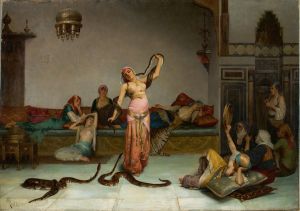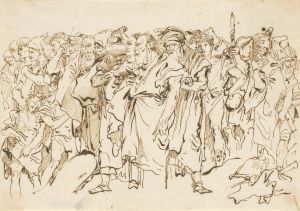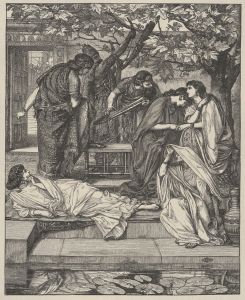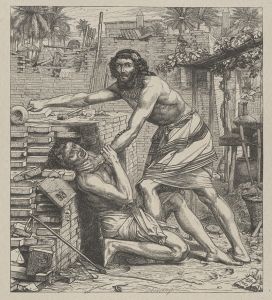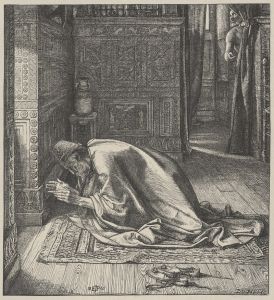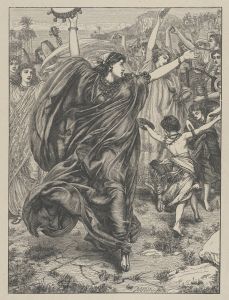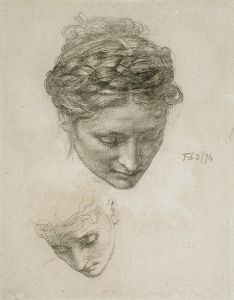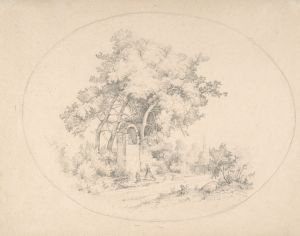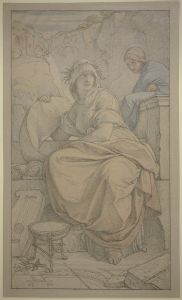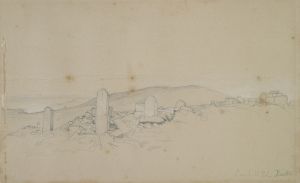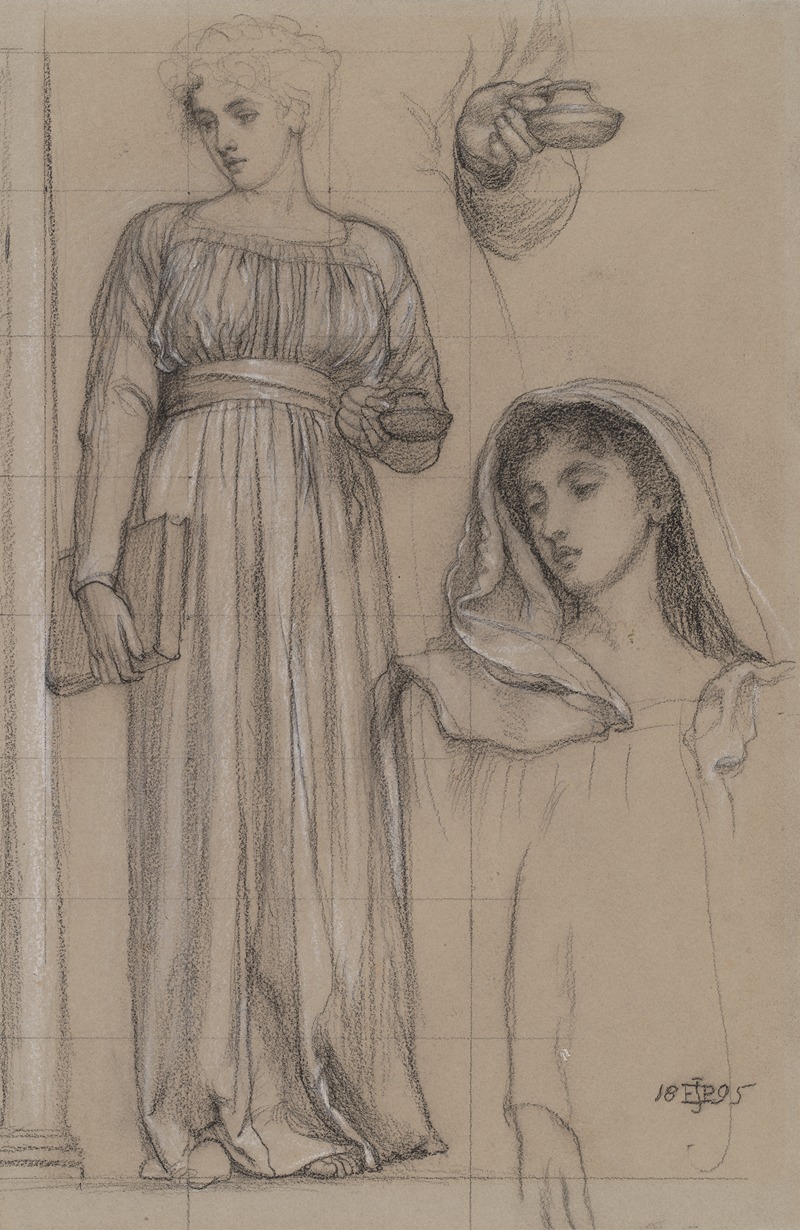
Study for an Allegorical Figure of Religion
A hand-painted replica of Edward John Poynter’s masterpiece Study for an Allegorical Figure of Religion, meticulously crafted by professional artists to capture the true essence of the original. Each piece is created with museum-quality canvas and rare mineral pigments, carefully painted by experienced artists with delicate brushstrokes and rich, layered colors to perfectly recreate the texture of the original artwork. Unlike machine-printed reproductions, this hand-painted version brings the painting to life, infused with the artist’s emotions and skill in every stroke. Whether for personal collection or home decoration, it instantly elevates the artistic atmosphere of any space.
Edward John Poynter was a prominent British artist and designer in the 19th century, known for his historical and allegorical paintings. One of his notable works is "Study for an Allegorical Figure of Religion." This piece exemplifies Poynter's meticulous attention to detail and his ability to convey complex themes through allegory.
"Study for an Allegorical Figure of Religion" is a preparatory work, which means it was created as part of the process of developing a larger, more finished piece. Poynter often engaged in such studies to explore composition, form, and symbolism before committing to the final version of a painting. This practice was common among artists of his time, allowing them to refine their ideas and techniques.
The painting itself features a figure that embodies the concept of religion, depicted with traditional iconography associated with spiritual and religious themes. Poynter's use of allegory is evident in the way he incorporates symbols that would be recognizable to viewers familiar with religious art. These symbols often serve to communicate deeper meanings and reflect the cultural and historical context of the time.
Poynter's work is characterized by its classical influences, drawing inspiration from ancient Greek and Roman art. This influence is apparent in the composition and style of "Study for an Allegorical Figure of Religion," where the figure is rendered with a sense of grace and idealized beauty. The drapery and posture of the figure suggest a connection to classical sculpture, a hallmark of Poynter's artistic approach.
The study likely served as a foundation for a larger project, possibly intended for a public or private commission. During the Victorian era, when Poynter was active, there was a strong interest in art that conveyed moral and philosophical messages. Allegorical paintings were particularly popular, as they allowed artists to engage with contemporary issues and ideas through the lens of historical and mythological narratives.
Poynter's contribution to the art world extends beyond his paintings. He was also an influential figure in art education and administration, serving as the director of the National Gallery and the president of the Royal Academy. His commitment to the arts and his role in shaping the artistic landscape of his time are reflected in his works, including "Study for an Allegorical Figure of Religion."
While specific details about the creation and exhibition history of this particular study may not be extensively documented, it remains an important example of Poynter's skill in combining technical precision with thematic depth. The study highlights his ability to engage with complex ideas and present them in a visually compelling manner.
Overall, "Study for an Allegorical Figure of Religion" is a testament to Edward John Poynter's legacy as an artist who skillfully navigated the intersection of art, history, and symbolism. Through his work, he continues to be recognized as a significant figure in the canon of 19th-century British art.





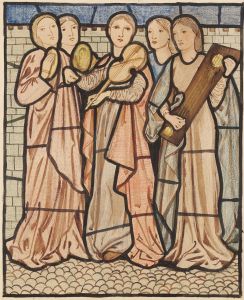
![Tombs of the Khalifs [Caliphs], Cairo.](/imgs/217567/s/david-roberts-tombs-of-the-khalifs-caliphs-cairo-375b2402.jpg)
